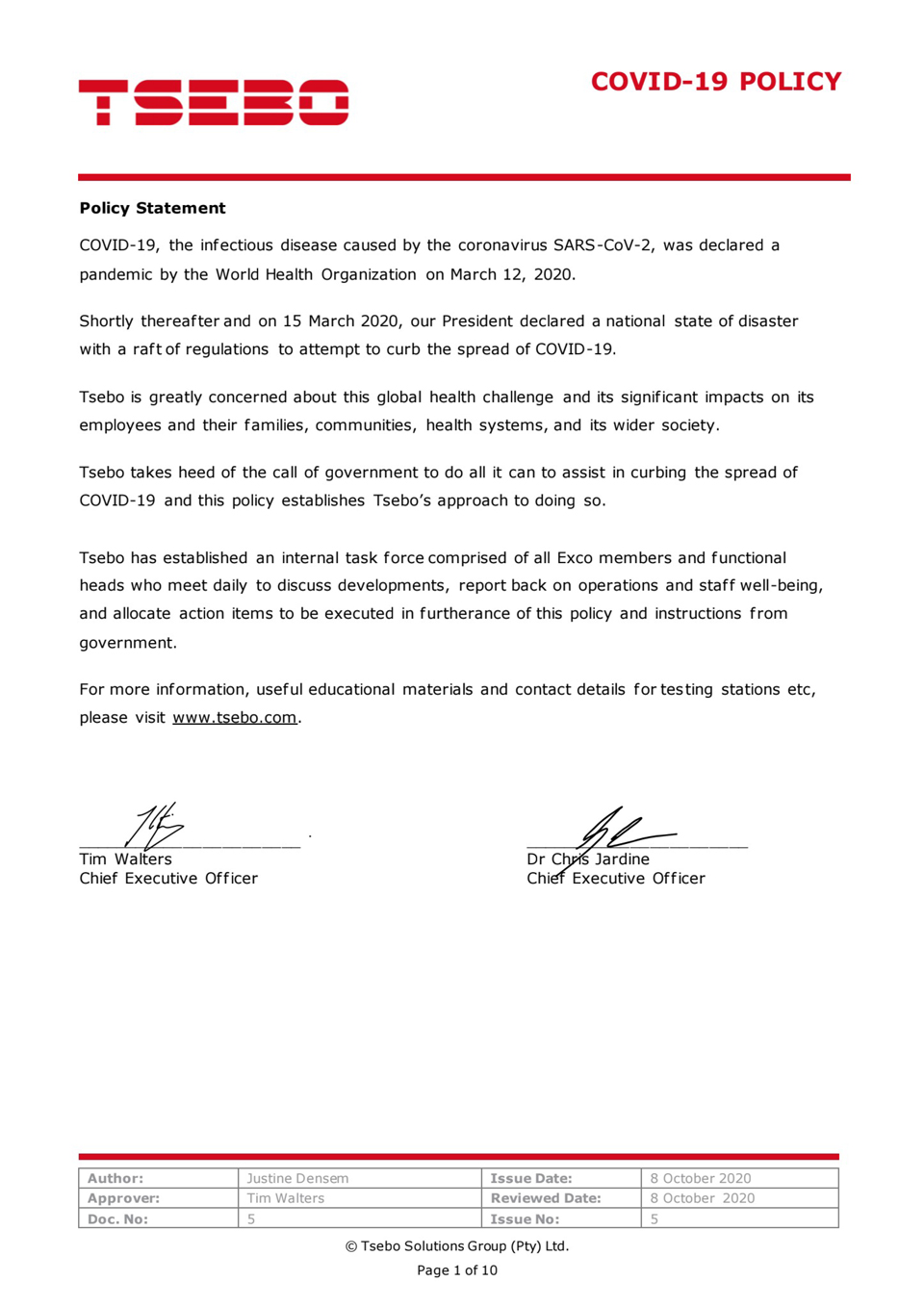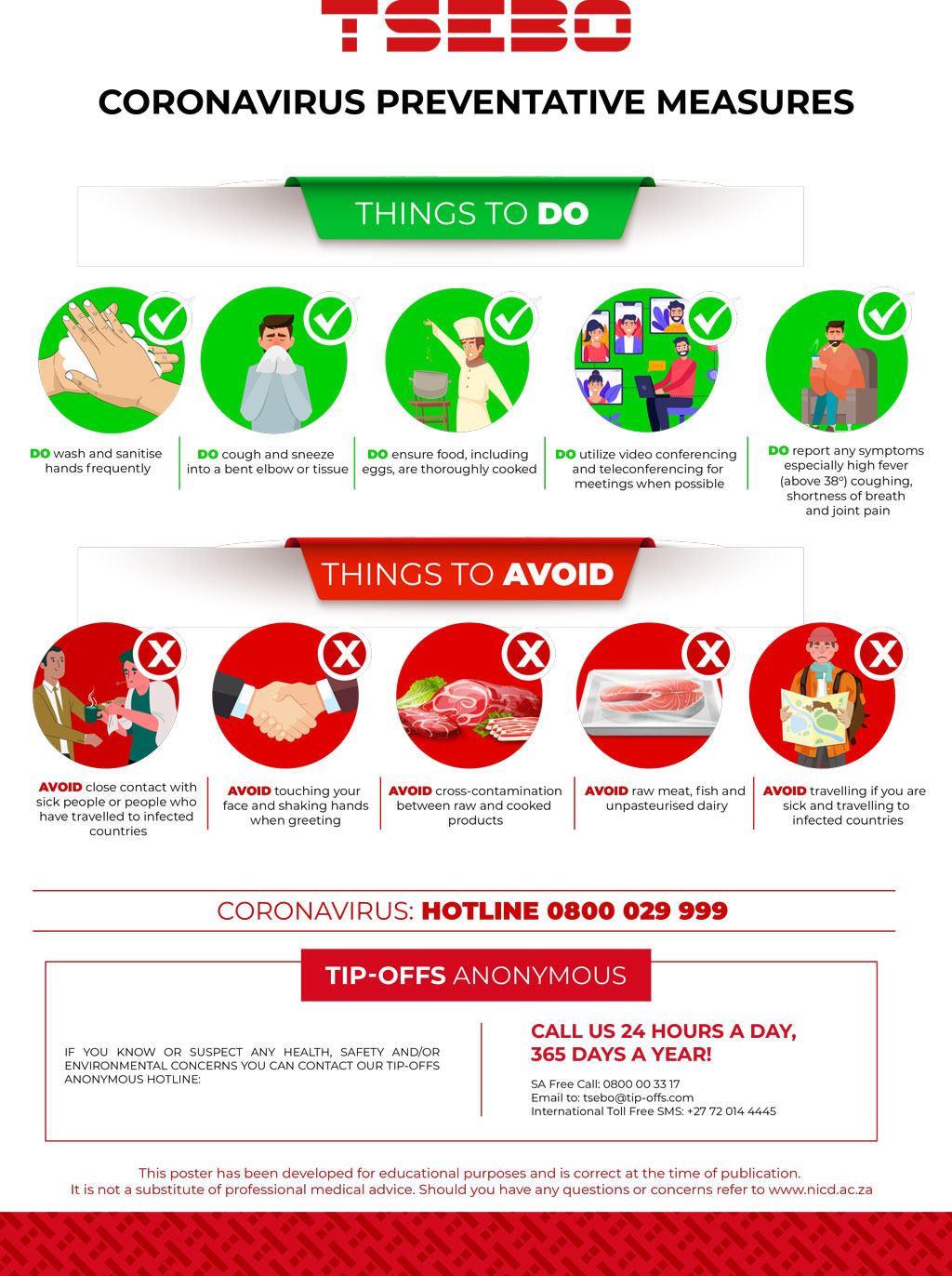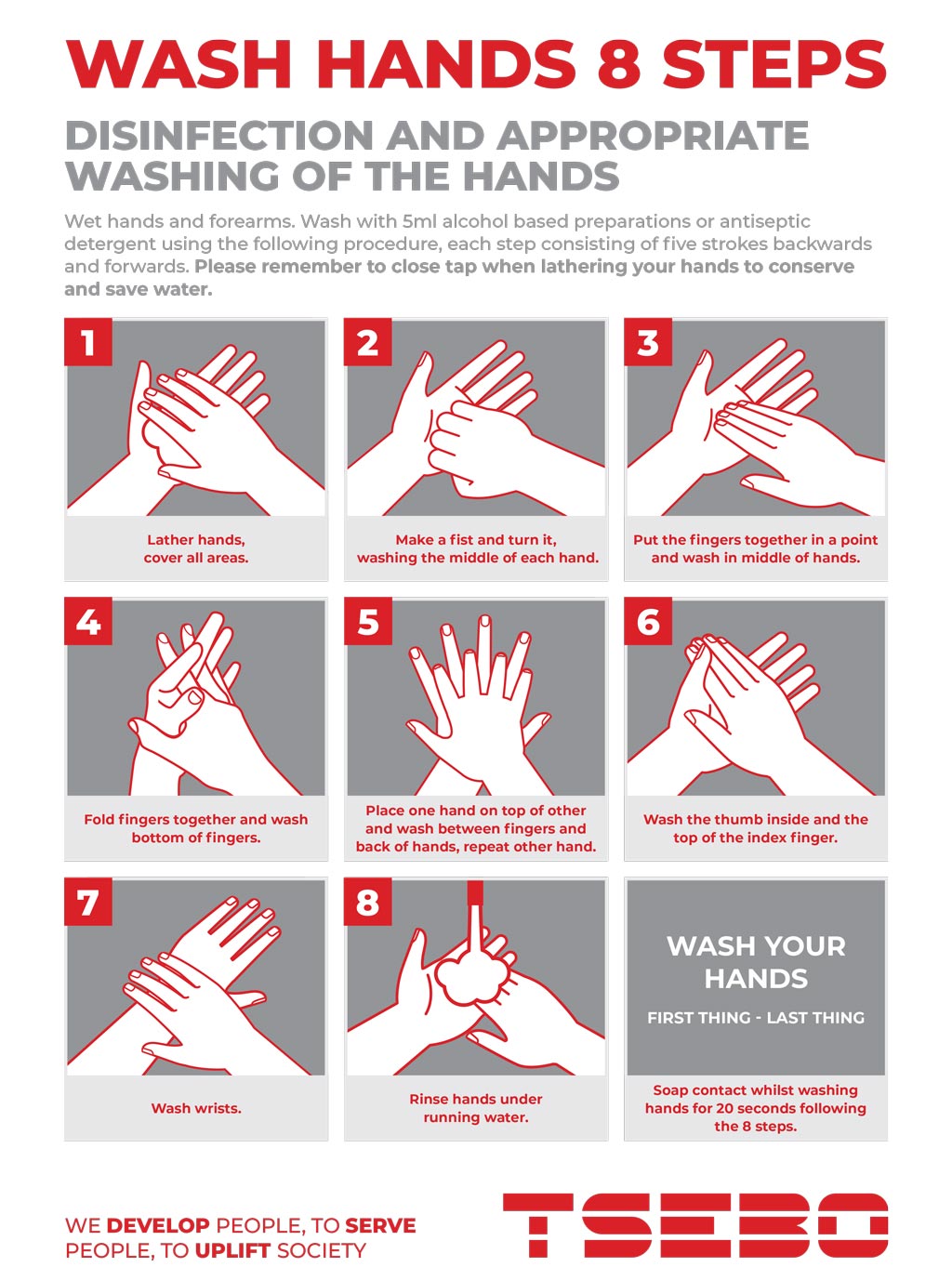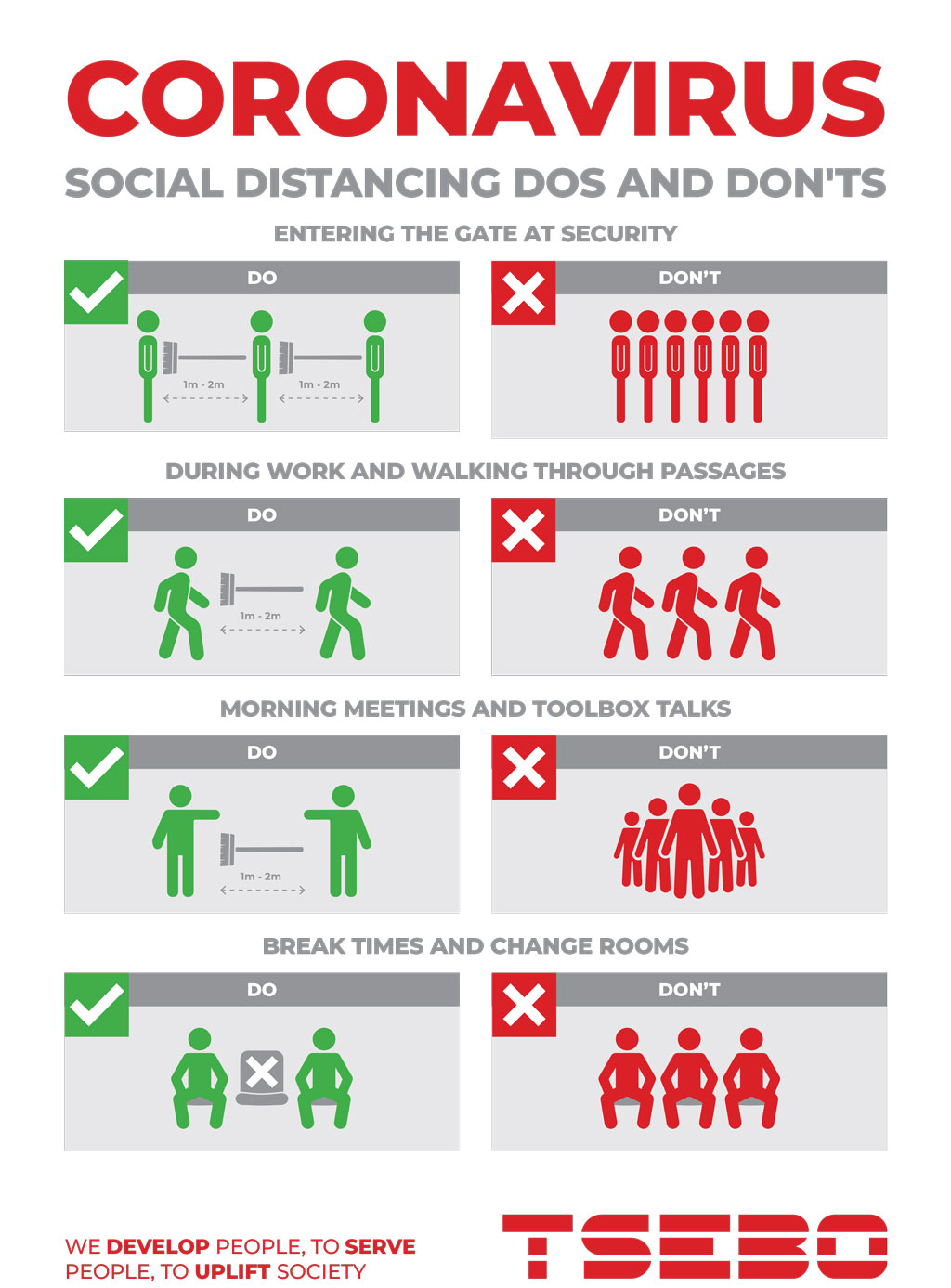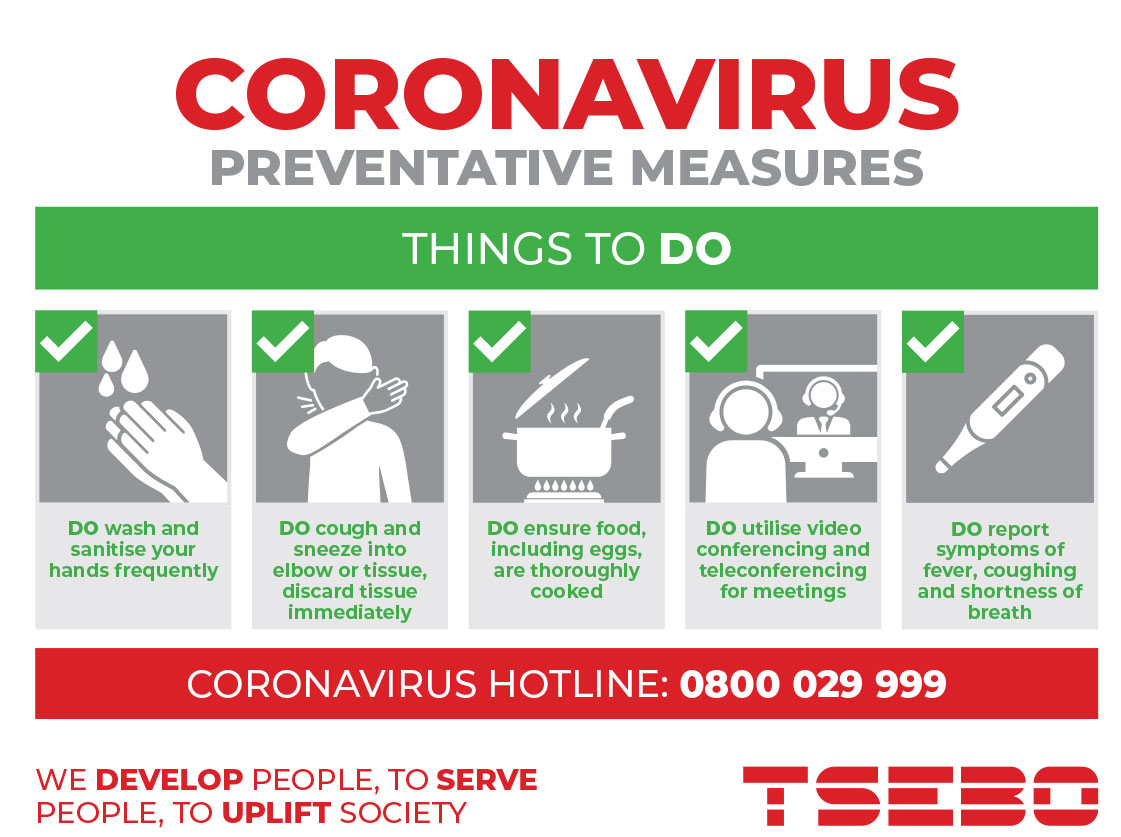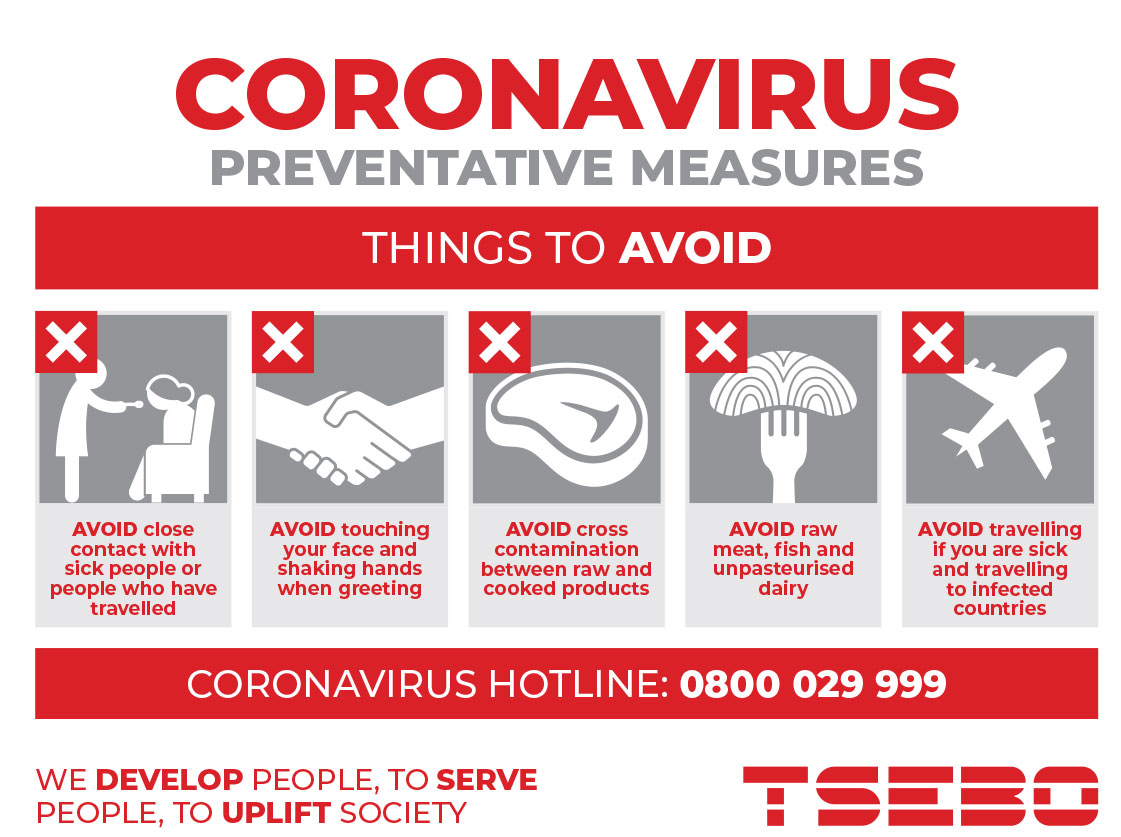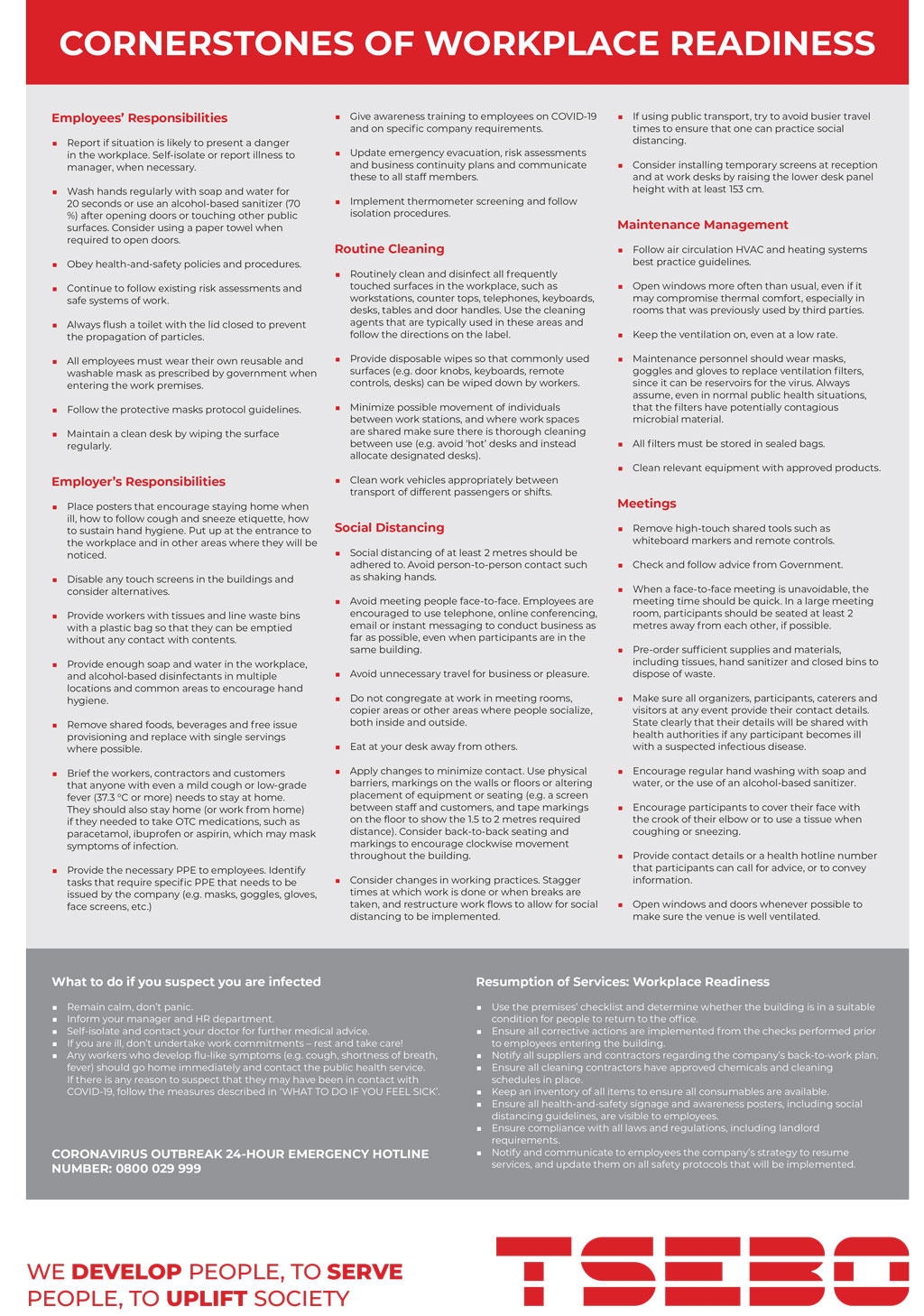The rapid growth that characterises infancy, tapers-off quickly during the pre-school years. Because of this, eating habits change, and typically children will have a decreased appetite and eat relatively little. The pre-school years are the best time to lay the foundation for setting healthy eating habits and following a healthy pattern of living and eating, every effort should be made to expose your children to regular physical activity as well as nutritious food.
How to help your child choose nutritious foods:
- Serve new foods regularly and repeat exposure to them.
- If the child observes the parents enjoying their food, there is a good chance that the child will accept the same foods in time. Remember, it may take up to 15 tries before the child willingly accepts the food, success will only happen through perseverance.
- AVOID NAGGING, FORCING OR BRIBING. This kind of behaviour is strongly discouraged as it will only exacerbate any resistance or eating difficulties. Do not overreact when the child refuses to eat. Doing so may give the child the idea that eating is a means of getting attention or manipulating a situation. Children will never starve themselves to the point of harming themselves.
- Children are able to master their eating when adults provide opportunities to learn, so give support for exploration, and limit inappropriate behavior.
How much your child should be eating
| Food group | No. of servings | 1-2 years | 3-4 years | 5-6 years |
| Milk, yoghurt, cheese | 3 | ½-¾ cup | ¾ cup | 1 cup |
| Meat, poultry, fish, dry beans, eggs, nuts | 2 or more | 1-2 tablespoons | 3-4 tablespoons | ½ cup |
| Vegetables | 3 or more | 1-2 tablespoons | 3-4 tablespoons | ½ cup |
| Fruit | 2 or more | 1-2 tablespoons or ½ cup juice | 3-4 tablespoons or ½ cup juice | ½ cup or ½ cup juice |
| Bread, cereal, rice and pasta | 6 or more | ½ slice or cup | 1 slice or ½ cup | 1 slice or ¾ cup |
Remember: Children have small stomachs. Offering them six small meals works better than limiting them to three meals a day. Sticking to three meals a day is merely social custom and offers no nutritional advantage.
A Sample Daily Menu Plan
Breakfast
Starch group (1): ¾ cup cooked oats
Milk group (½): ½ cup milk
1-2 teaspoons honey
Snack
Meat group (1): 1 hard cooked egg
Starch group (1): 1 slice whole-wheat bread with 1 teaspoon margarine
Fruit group (1): ½ cup orange juice filled with soda water up to 1 glass
Lunch
Meat group (1): 4 tablespoons / 60 g grilled chicken, cut into cubes
Starch group (1): 4 tablespoons rice
Veggie group (1): 4 tablespoons cooked peas
Milk group (½): ½ cup milk with Nesquick
Snack
Milk group (½): 20g cheese
Starch group (1): 4 Provitas with a little margarine
Milk group (½): ½ cup milk
Supper
Meat group (1): 50 g Mince, cooked
Starch group (1): 4 tablespoons mashed potato with 1 teaspoon margarine
Veggie group (1): 4 tablespoons cooked carrots cut into strips
Snack
Fruit group (1): ½ a banana
Starch group (1): 2 oatmeal cookies without raisins



